Dental Hygiene
Happy Valley, OR
 Maintaining good dental hygiene is vital to the health of your teeth. We promote and educate our patients to prevent dental disease before it happens with a regular hygiene routine. At Fusion Dental Specialists we do more than restore teeth, we provide the tips and tools our patients need to be successful in their oral health. Maintaining good dental hygiene is vital to the health of your teeth. We promote and educate our patients to prevent dental disease before it happens with a regular hygiene routine. At Fusion Dental Specialists we do more than restore teeth, we provide the tips and tools our patients need to be successful in their oral health.
At Home Dental Hygiene
The care you take at home can make a significant difference in the health of your teeth. Following the tips below can help.
Brush Regularly
Brushing your teeth removes plaque, removes food debris and bacteria. An extremely important step in your oral care is to brush your teeth regularly and often. As a general rule, brush your teeth twice a day, when you rise and before you retire each day. Some patients question whether they should brush before or after their morning meal, and we say to brush whichever way is most convenient. Understandably, it would be best to brush after eating breakfast, but if you are often in a hurry and more likely to forget after breakfast, than brush before when you are doing your other morning steps.
Fluoride
Purchase oral health products that contain fluoride. Fluoride has been found to strengthen enamel and reduce the incidence of cavities forming. Your toothpaste should contain fluoride, and some patients purchase mouthwash with fluoride.
Floss
Flossing is an important step in caring for your teeth. It is necessary to remove food and plaque from between your teeth. If flossing is a hassle or problematic for you, find the tool or product that improves it. There are many flossing options. Some patients like traditional floss, some prefer the satin thread, there is also flossing toothpicks and water piks, review products available at your local store. When flossing, be sure to move the thread in a letter C formation, this helps scoop debris and is more successful than the standard up and down motion.
Replace your Toothbrush
Toothbrushes get old. The bristles get matted, broken down, and become a source of bacteria. The ADA recommends that you replace your toothbrush every six months.
Rotary Brush
Rotary brushes come in a variety of styles, and some patients have found great success in their removal of plaque.
Dental Office Hygiene
The hygiene care you receive in our dental office is also highly important to your oral health. During your cleaning appointments we will:
Track and Measure Gum Pockets
This step is part of our evaluation of periodontal, or gum disease. Patients with active, aggressive gum disease can experience a separation of their teeth and gums. We want to evaluate the current status and may then take steps through scaling and root planing to assist in the restoration.
Remove Plaque and Tartar
Plaque can be easily removed through brushing, but hardened plaque, known as tartar, is more difficult and should only be removed by a hygienist so that the enamel is not damaged.
Evaluate Plaque Levels
Evaluating and monitoring plaque levels can help us determine the next step in your oral health. We may recommend a fluoride treatment or the application of dental sealants.
Digital X-Rays
Digital x-rays allow us to see decay levels, find hidden cysts and tumors, that can not be seen otherwise. This will also assist us in tracking the development of decay for future appointments. |
